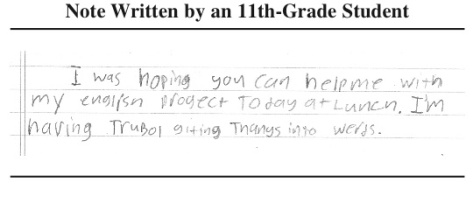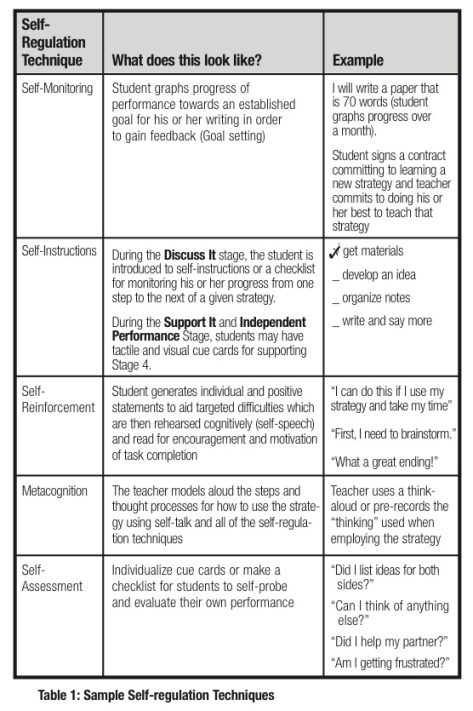This post is a follow up to my earlier lecture on SRSD writing instruction. Although, these lectures are meant for course participants in the MOOC Helping History Teachers Become Writing Teachers that will take place between January 12, 2015 – February 24, 2015, feel free to make comments, or join our Twitter conversations under the #HistRW.
Purpose
Studies of history classrooms reveal that writing instruction of any kind is uncommon, even among exemplary teachers. Thus, student essays tend to list facts rather than argue claims, leave arguments unexplained, and only draw on evidence sporadically. A majority of adolescent writers struggle in writing a simple argument in history. Recently, research has focused on the discipline-specific demands of history writing. Most specifically, how students construct a complex argument from smaller arguments from historical documents that reflect how they read, understand and cite evidence from multiple sources.
Previous research suggests that students do not learn to explain quotations or other types of evidence in their papers. Students do not develop interpretations that are supported with evidence. DBQ instruction may help students improve their persuasive essays, but not their ability to write evidence-based arguments. Explicit methods and direct instruction are needed for this. These researchers developed a Self Regulated Strategy Development (SRSD) intervention. This study measured the effectiveness of the intervention on students’ abilities to write evidence-based arguments using a cognitive apprenticeship model for instruction.
Hypotheses
H1 Students who receive instruction in analyzing sources and planning argumentative essays will demonstrate greater use of evidence from documents than students in the comparison group.
H2 Students will write more advanced claims and rebuttals, after instruction.
H3 Students will write longer and qualitatively better essays with greater factual accuracy and overall persuasiveness.
Methods
160 11th-grade students received instruction from four US history teachers at two schools. Scores on the written expression subtest of the Wechsler Individual Achievement Test, administered before the study began, were compared to determine whether the two groups differed in initial writing ability. The students initially performed at the same levels. Argumentative essays that involved historical interpretation were used for the writing task in this study.
Instructional Framework
(1) develop background knowledge, (2) describe it, (3) model it, (4) support it, and (5) independent performance (Harris & Graham, 1996).
The mnemonic STOP reminded students to consider and generate ideas on both sides of an argument before deciding which side to support in their essay. The steps of the mnemonic prompted them to Suspend judgment, Take a side, Organize (select and number) ideas, and Plan more as you write. Teachers modeled self-regulatory statements such as, ‘‘Since I decided to put my thesis statement first, I will write it as the beginning of my introductory paragraph.”
Student essays were coded to identify all claims in favor of or against the position. The study counted the total number of claims, but controlled for the length of essay. The researchers counted and analyzed the number of rebuttals that students wrote, then explored their level of development by ranking rebuttals according to degree of sophistication.
Results
In comparison to a control group (N = 79), essays written by students who received SRSD instruction (N = 81) were longer, were rated as having greater historical accuracy, were more persuasive, with detailed claims and rebuttals. This study suggests that with explicit instruction, teachers can shape new understandings for what students expect to write and how they perform in history classrooms. Thus, numerous writing from sources assignments, paired with direct instruction in historical thinking processes, appears to move low to average high school writers to demonstrably higher levels of writing proficiency.
The big takeaway is that History instructors now have a framework for how to compare measures of quality in student essays across grade levels. Effective writing instructors will concentrate on one or two elements per assignment, give students regular feedback, and report their growth.
Source
Reading and writing from multiple source documents in history: Effects of strategy instruction with low to average high school writers (2010). By Susan De La Paz, Ph.D., Associate Professor, University of Maryland, College Park & Mark Felton, Associate Professor, San Jose State University.





